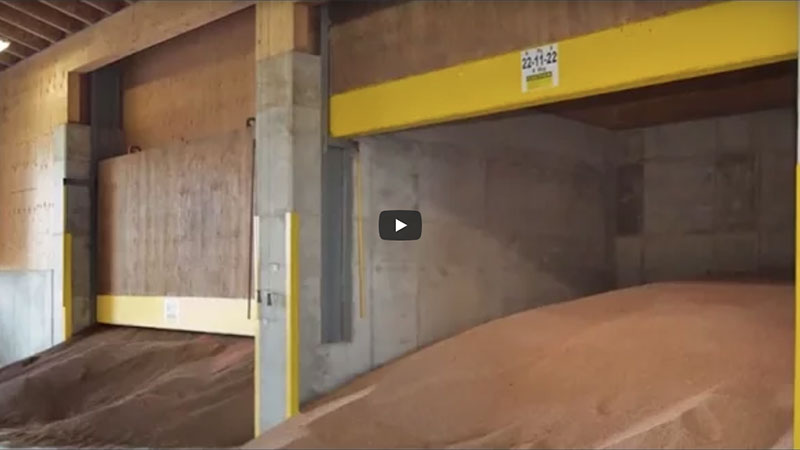Powdery Mildew, Foliage Diseases Increase In MO Wheat
Fields in the southern portion of Barton County were scouted by Wyatt Miller, an agronomy assistant with University of Missouri Extension, and Tim Schnakenberg, agronomy specialist with MU Extension.
Wheat fields scouted this week were in Feekes stages of both seven and eight. It is likely that the majority of the wheat will be in Stage eight soon. Wheat planted late may not reach stage eight for a while.
Stage eight begins when the flag leaf begins to emerge from the plant. During this stage, at least three nodes will be visible above the soil surface. Stage eight is significant because the flag leaf is responsible for about 75% of the effective leaf area contributing to grain fill.
“To be sure the flag leaf is emerging, split the leaf sheath above the highest node. If the head and no additional leaves are found then the wheat is in stage eight,” said Schnakenberg.
Bird cherry oat aphids were found in some of the wheat fields scouted this week. Economic threshold levels for bird cherry oat aphids is 12-15 per linear foot, but as wheat gets into later growth stages, threshold levels significantly increase.
Bird cherry oat aphid numbers also tend to decrease in hot weather.
“Producers should be on the lookout for Septoria leaf blotch, powdery mildew, and other foliage diseases. Foliage diseases tend to do well in warm, wet or humid weather,” said Schnakenberg.
Septoria leaf blotch begins as light yellow flecks or streaks that expand into yellow to reddish brown irregularly shaped blotches. Often, dark brown specks may be scattered within the centers of mature lesions. Some septoria leaf blotch has been seen in some fields in the area.
Conditions have also been ideal for powdery mildew development. Powdery mildew infections begin as light green to yellow flecks on the leaf surface. As powdery mildew develops, leaf surfaces become covered with patches of cottony white mold growth.
“These patches eventually turn a grayish white to grayish brown. Some powdery mildew has been seen, but did not warrant concern at this time,” said Schnakenberg.
For more information on this scouting report or to learn how you can receive it by telephone each week, contact the MU Extension Center in Barton County at 417-682-3579.
These weekly field crop scouting reports are sponsored by MU Extension in Barton County and the Barton County Soil and Water Conservation District.






